Anthropology
Related: About this forumIron Age Pottery Found on Remote Scottish Island
Wednesday, February 10, 2021
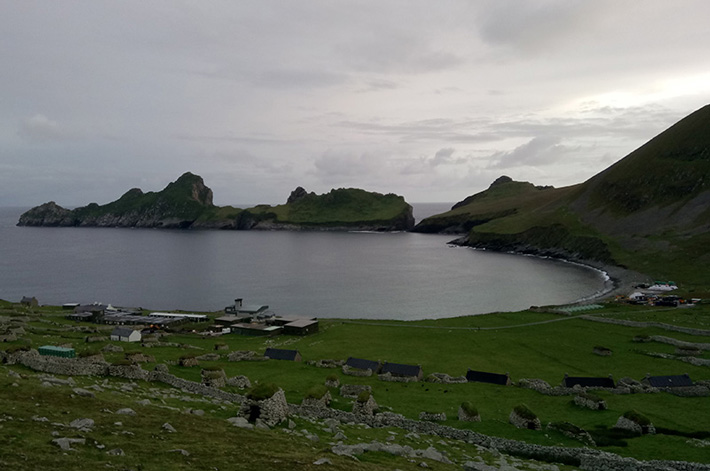
(Guard Archaeology)
GLASGOW, SCOTLAND—The islands of the St. Kilda archipelago in the North Atlantic Ocean were inhabited some 2,000 years ago, according to a BBC News report. Alan Hunter Blair of Guard Archaeology said Iron Age pottery bearing residues of carbonized food was unearthed on the main St. Kilda island of Hirta during an investigation ahead of the renovation of a military base. One pottery fragment may even date to the Bronze Age, Blair added. No house structures were found, however, because stone from ancient buildings was likely reused in later construction, he explained. “Stone was also cleared, including that in burial mounds to increase the available cultivation area, leaving little trace of what may have been there before,” Blair said. The islands’ last permanent residents moved away in 1930. To read about another recent discovery on a different Scottish island, go to "What's in a Norse Name?"
https://www.archaeology.org/news/9433-210210-scotland-kilda-archipelago
~ ~ ~
Evidence St Kilda was inhabited 2,000 years ago
Published 1 day ago
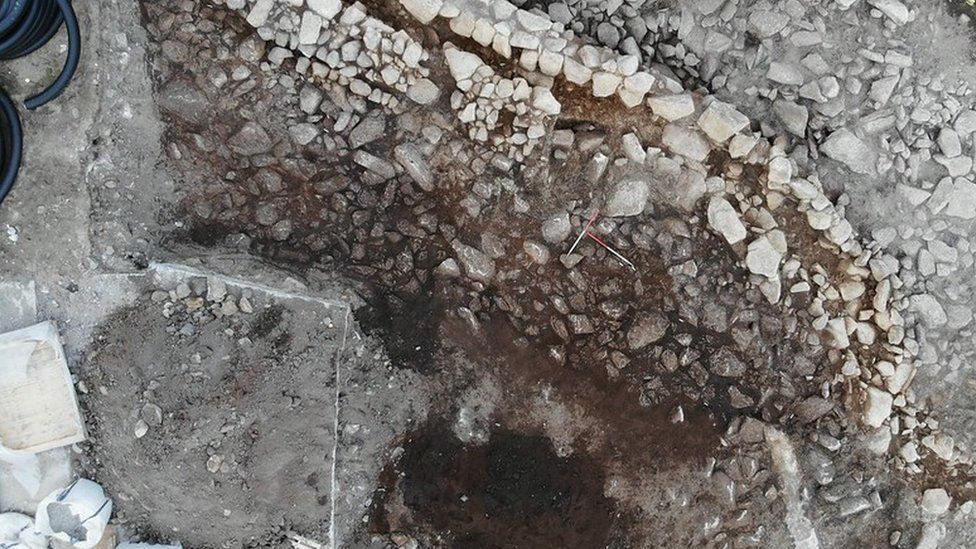
GUARD ARCHAEOLOGY
Archaeologists excavated a site in Village Bay on Hirta
Scotland's remote St Kilda archipelago was inhabited as long as 2,000 years ago, according to archaeologists.
Pieces of Iron Age pottery were uncovered on the main island of Hirta in the largest archaeological dig to be carried out on the island chain.
A fragment of possible Bronze Age pottery was also found, suggesting the islands were occupied even earlier.
St Kilda, more than 40 miles (64km) from the Western Isles, was abandoned by its last islanders in 1930.
Today Hirta is only occupied for a few months of the year by National Trust for Scotland staff and volunteers as well as some scientists.
More:
https://www.bbc.com/news/uk-scotland-highlands-islands-55995799
~ ~ ~
Lost Songs of St Kilda: listen to the forgotten folk music of an abandoned island
9 September 2016, 00:18 | Updated: 12 January 2017, 15:55
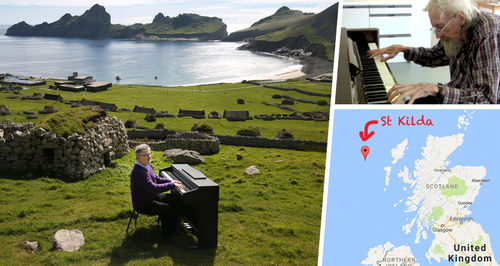
By Tim Edwards
When a volunteer in an Edinburgh care home heard an elderly man playing folk music on the piano, it started a journey that would lead to the 'lost songs' of St Kilda being performed on the abandoned island for the first time in nearly a century.
Where is St Kilda?
St Kilda is the most isolated inhabited island group in the UK; it's 40 miles west of Scotland's Isle of Lewis, the outermost of the Outer Hebrides. Look how isolated it is:
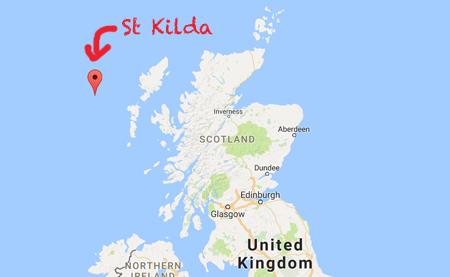
And here's one of the inhabitants (a fulmar):
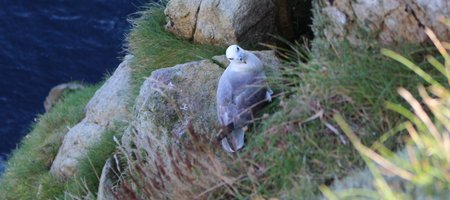
Historical interlude
St Kilda was inhabited for perhaps 4,000 years and, although it was ruled by the MacLeod clan of Skye, it developed its own culture in isolation from the mainland.
The islanders' strange and primitive way of life - hunting seabirds and making tweed from the wool of a stone age breed of sheep - captured the imagination of Victorians and St Kilda became a popular tourist destination. Various accounts of the local culture survive.
In the 1800s, the islanders fell under the sway of the Free Church of Scotland, which at the time was a particularly austere brand of Protestantism that frowned upon the singing of any songs other than psalms. However, a number of witnesses reported hearing islanders singing love songs, work songs and funeral dirges.
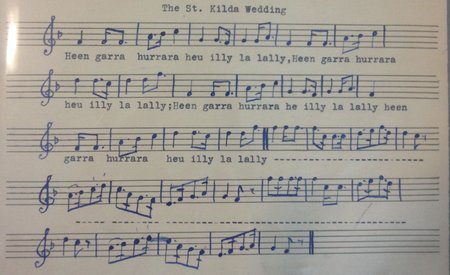
The death of St Kilda
But St Kilda is also a melancholy place. At times in its history, the island had supported a population of up to 200 people, but during the 19th century, emigration and staggeringly high infant mortality due to tetanus meant that by 1930, that number was down to 36. Encouraged by the British government, they decided it was time to evacuate the island.
This picture shows the men of the island in 1926 just a few years before the evacuation:
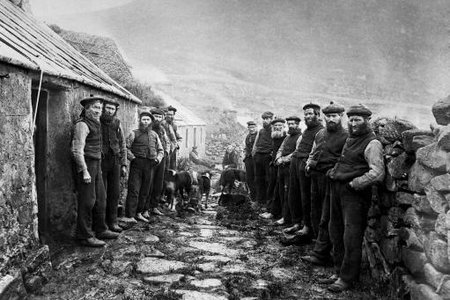
More:
https://www.classicfm.com/music-news/lost-songs-st-kilda/
riversedge
(78,371 posts)Judi Lynn
(163,980 posts)Here's hoping they will discover a whole lot more to explain it.
We do know there was a large population in the extreme north of Scotland on land which has slid beneath the sea, too, so long ago.
It would be wonderful if a way opened to find out more about that.
Thank you for taking the time! ![]()